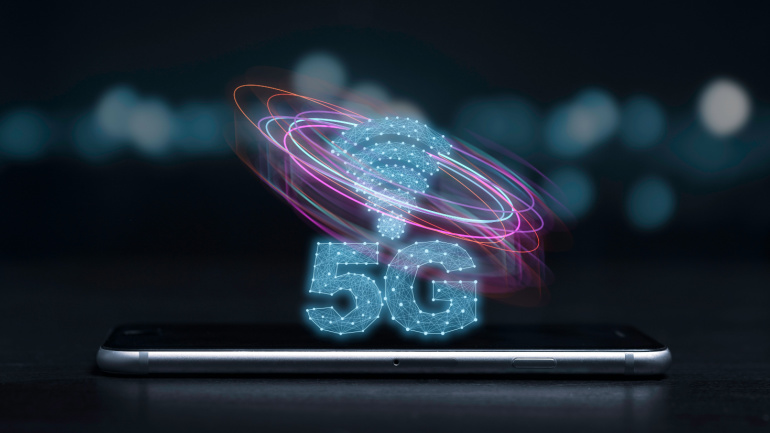In a collaborative effort to bolster marine conservation initiatives, Orange Business, the business-to-business (B2B) segment of a prominent European telecommunications group, has joined forces with Tēnaka, an organization dedicated to safeguarding marine ecosystems. The partnership aims to enhance coral reef restoration within a Marine Protected Area of the Coral Triangle in Malaysia, focused on the protection and preservation of wildlife.
Recognizing the growing demand for mid-band spectrum, the International Telecom Union (ITU) appends new frequency bands for 5G usage. A significant addition was the 6GHZ spectrum, which is anticipated to facilitate the 5G evolution. Multiple global operators have conducted successful tests, making strides toward a seamless shift to 5G-Advanced. This advancement not only opens a myriad of industry opportunities but also promises an improved user experience potentially comparable to the fiber experience.
In 2024, the telecom industry is witnessing a transformative shift driven by evolving customer needs, technological advancements, and environmental concerns. Key trends include the rise of self-service platforms, the migration to VoIP as PSTN becomes obsolete, standalone 5G networks taking center stage, AI integration for enhanced connectivity, and a strong commitment to sustainability. These trends are reshaping how telecom carriers operate and innovate, promising new opportunities in a rapidly changing landscape.
Lucent W1, a new mixed-use development behind the world-famous Piccadilly Lights, is working with Freshwave so its tenants and visitors will enjoy in-building connectivity from all four mobile network operators (MNOs). Connectivity infrastructure-as-a-service provider Freshwave is deploying the 4G distributed antenna system (DAS) as an ongoing managed service.
Ofcom’s annual report, “Connected Nations,” provides a comprehensive update on the state of broadband and mobile services in the UK. The report reveals a noteworthy advancement, indicating that 78% of the UK now enjoys gigabit-capable broadband, marking an 8% surge from the previous year’s 70% coverage.
A surge in data roaming is poised to take center stage, driven by the escalating adoption of 5G services among consumers, according to research conducted by Kaleido. The study foresees a substantial 36% annual increase in both consumer and IoT roaming data usage, projecting a remarkable climb to nearly 5,000 Petabytes by the year 2024.
Telecommunications is a dynamic sector that offers exciting career opportunities, yet often overlooked by young individuals. Despite over 60% of telecom engineers being over 50, the youth seem to overlook it. It is crucial to emphasize the need for fresh talent to join this fast-growing, top-paying industry that heavily influences our daily lives. Even for those not a tech gurus, there are a multitude of roles available in the field, from design engineer to satellite engineer. Engaging in telecommunications has the potential to offer opportunities for global travel, like Emma Philpott, who had no initial telecom intent yet found herself traveling from Abu Dhabi to Antarctica.
Nokia’s augmentation of its Drones-as-a-Service venture promises new opportunities in North America by providing industries with various business solutions using drone technology. Options range from purchasing to leasing or sharing drones, creating opportunities for revenue streams in a broad spectrum of industries. These robust drones, deployed via 4G/LTE or 5G connections, can perform diverse tasks like remote surveillance and hazardous area inspections.
In a swift response to Tuesday’s widespread cyber-attack, Kyivstar, the Ukrainian subsidiary of global digital operator VEON Ltd., has successfully restored mobile internet services nationwide, encompassing all communication standards, including 4G. International roaming services have also been reinstated within the past 24 hours, marking a significant recovery effort.
In a strategic collaboration, Boldyn Networks, a leading neutral host provider, has joined forces with Rome’s municipal government, Roma Capitale, to launch #Roma5G, a groundbreaking initiative aimed at revolutionizing the city’s digital infrastructure. The 25-year concession encompasses the development and management of a comprehensive 5G and Wi-Fi network throughout Rome, catering to both residents and the anticipated influx of visitors during major events.













